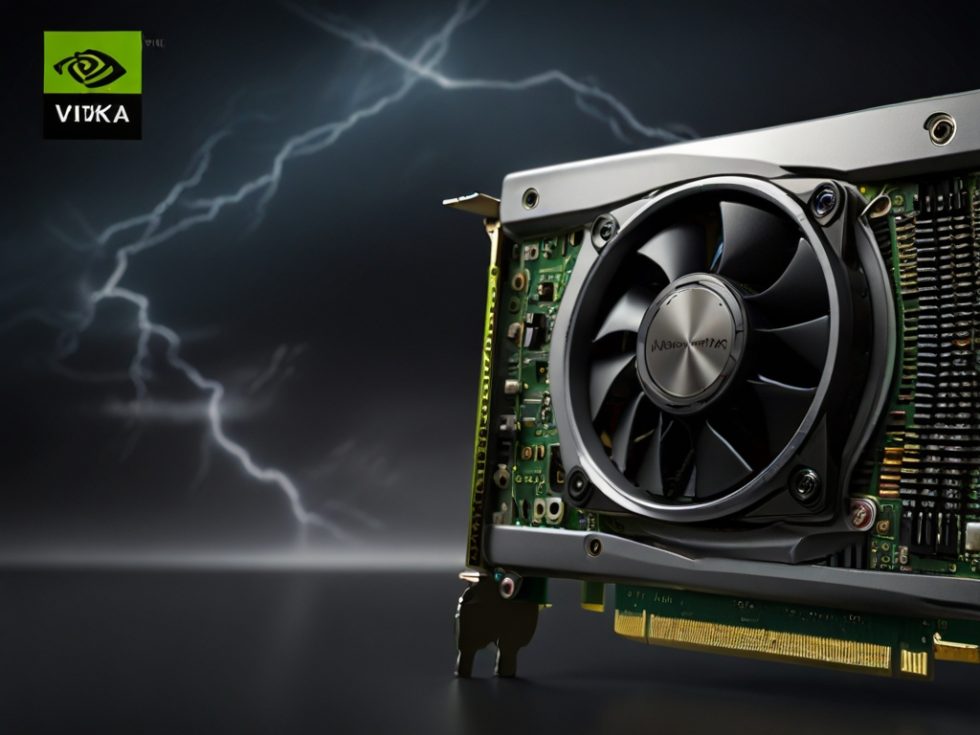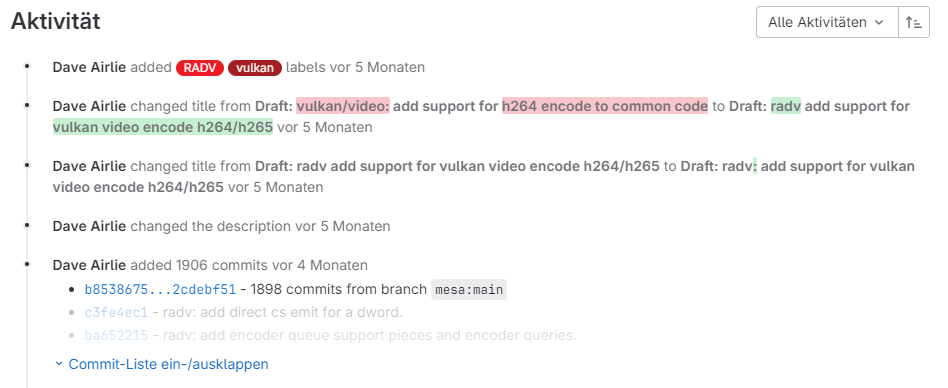The NVIDIA NVK Vulkan driver for Linux has received a significant update, Phoronixand GitLab report, which is expected to significantly improve gaming performance through the implementation of implicit pipeline caching. This optimization technique allows the GPU to reuse rendered content and pipeline configurations, eliminating the need for reprogramming the pipeline and increasing performance and efficiency.

The introduction of implicit pipeline caching is part of the comprehensive MESA 24.1 update, which includes further optimizations for the NVK driver as well as other architectures on the Linux platform. Phoronix, a well-known benchmarking and performance analysis website, has reported that this update brings “significant improvements” to the NPC driver, and highlights implicit pipeline caching as one of the main attractions.

Expectations for the future
While the exact impact of implicit pipeline caching on gaming performance has not yet been fully quantified, early benchmarks indicate a noticeable improvement. The combination of this optimization with the recently added sparse memory support in the NVK driver positions MESA as a serious alternative to proprietary drivers such as RADV Vulkan for Radeon GPUs.
The latest update for the NVIDIA NVK Vulkan driver on Linux brings a significant performance boost for gamers with the implementation of implicit pipeline caching. Combined with further optimizations in MESA 24.1 and the recent addition of sparse memory support, the NVK driver establishes itself as a powerful and efficient option for Linux users looking for the best gaming performance.































1 Antwort
Kommentar
Lade neue Kommentare
Mitglied
Alle Kommentare lesen unter igor´sLAB Community →